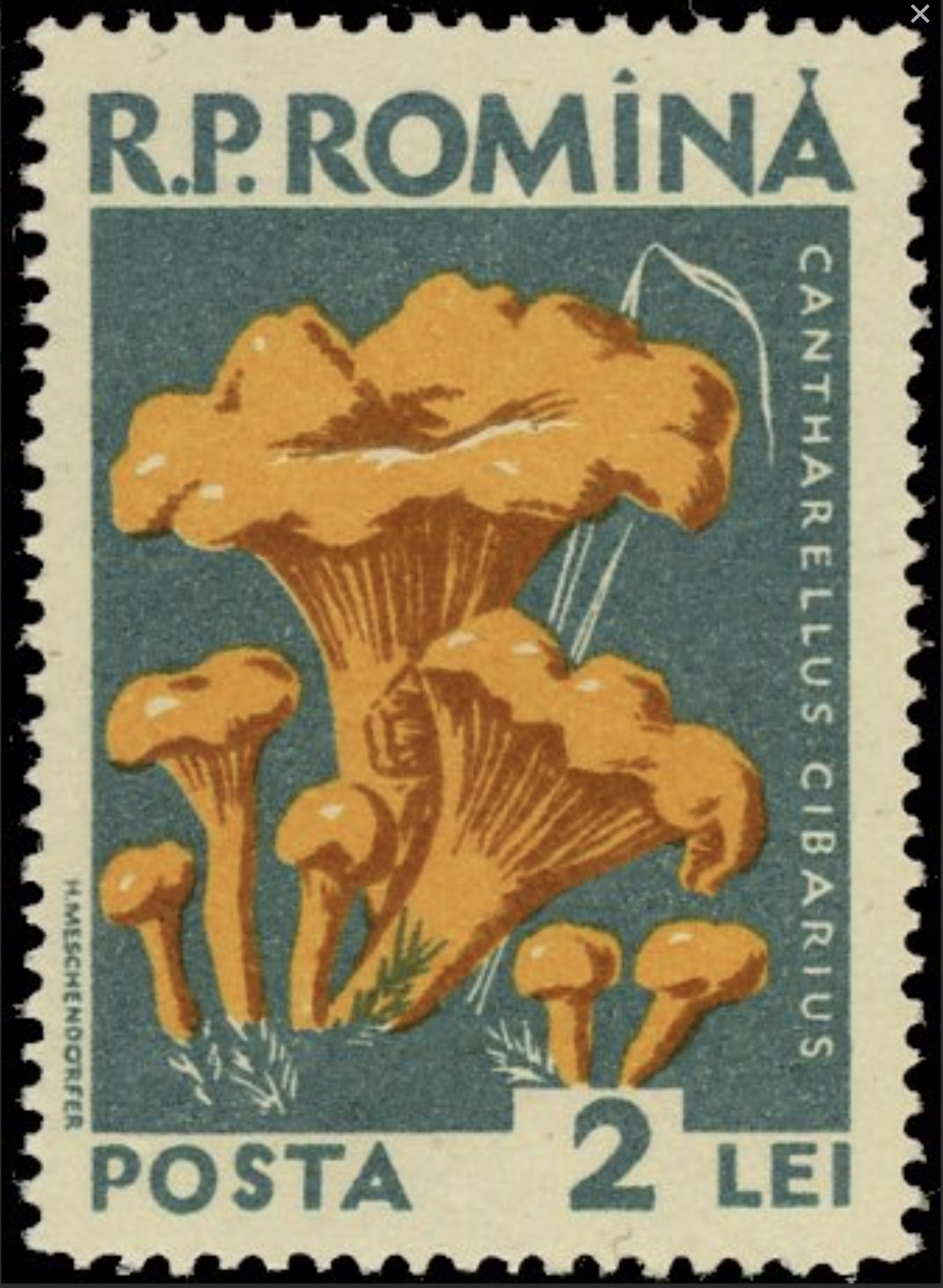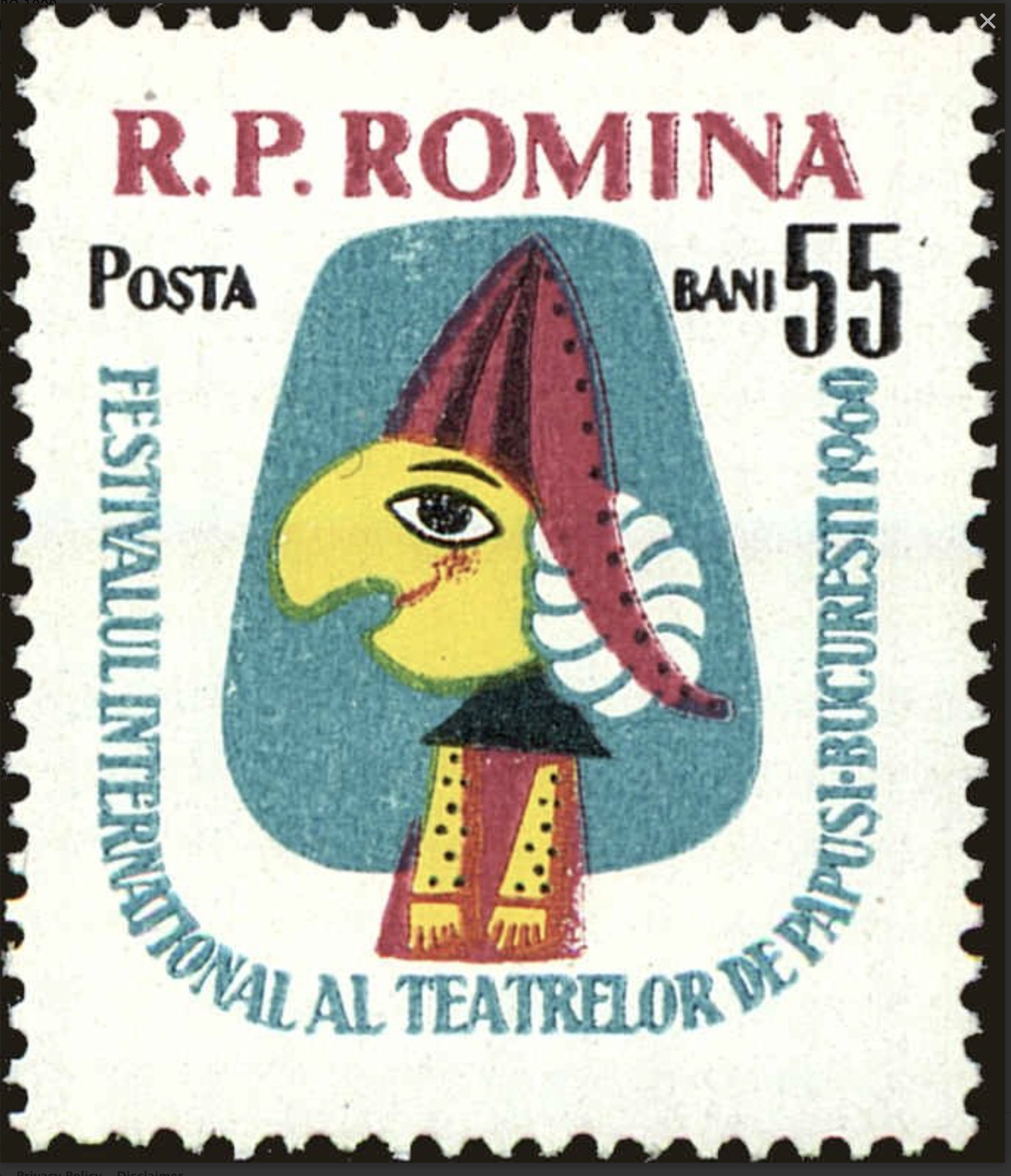Romania #1891 (1966) – Irish Elk (Megaceros eurycerus)
$0.35
Romania #1891 (1966) – Irish Elk (Megaceros eurycerus)
1 in stock
Description
Romania #1891 (1966) – Irish Elk (Megaceros eurycerus)
The Irish Elk (Megaloceros giganteus) is also known as the Giant Deer or Irish Deer, not Megaceros eurycerus. It was a species of megafauna that lived during the Pleistocene and early Holocene epochs. Here are some key features and facts about the Irish Elk:
- Size:
- The Irish Elk was one of the largest deer species ever known. Males had impressive antlers that spanned up to 12 feet (3.65 meters) from tip to tip.
- Appearance:
- In addition to its large antlers, the Irish Elk had a robust and heavy body. Despite its name, it was not exclusive to Ireland but had a widespread distribution across Europe, Asia, and parts of North Africa.
- Antlers:
- The antlers of the Irish Elk were a distinctive feature. They were palmate, meaning they had a flattened, fan-like structure with multiple tines. The antlers were likely used for display and possibly in battles between males during the mating season.
- Habitat:
- The Irish Elk inhabited a variety of environments, including open woodlands, grasslands, and tundra. Fossil evidence suggests that they were adapted to a range of ecological conditions.
- Diet:
- Like modern deer, the Irish Elk was herbivorous, feeding on grasses, shrubs, and other vegetation.
- Extinction:
- The Irish Elk, along with many other megafauna, went extinct at the end of the Pleistocene epoch, around 7,700 years ago. The reasons for their extinction are not entirely clear, but climate change, habitat alteration, and human hunting are proposed factors.
- Human Interaction:
- There is evidence that early humans interacted with the Irish Elk, as their remains have been found at archaeological sites. It’s suggested that humans may have hunted these large animals for meat, bones, and antlers.
- Scientific Classification:
- The Irish Elk belongs to the genus Megaloceros and is part of the family Cervidae, which includes deer.
Despite its name, the Irish Elk was not exclusive to Ireland. Fossil evidence shows that it had a wide distribution across various regions. Studying the Irish Elk provides valuable insights into the paleoecology of the Pleistocene and the interactions between megafauna and their environments.
Ready to ship in 3-5 business days from United States (US)
Additional information
| Weight | 0.0149 lbs |
|---|---|
| Condition | |
| Country | |
| Scott Number | |
| Stamp Format | |
| Stamp Type | |
| Year of Issue |













